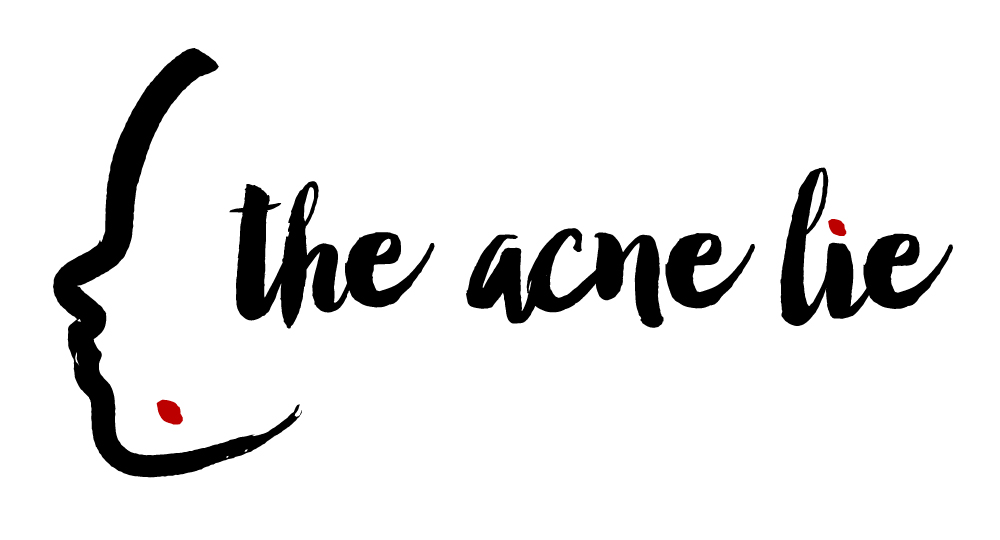Sugar: The Food that’s Killing Your Skin
There’s nothing wrong with a bit of sugar now and then, right? Well, no, there’s probably nothing wrong with a bit of sugar now and then. But the problem is that most of us eat far more than just a “bit” of sugar. Even if you’re more of a salty-and-savory food lover rather than a dessert junkie with a sweet tooth, you might be consuming more sugar than you realize.
So what’s the big deal with sugar and your skin? Does sugar intake really contribute to acne?
Sugar and Your Skin
When you break it down to the absolute basics, acne generally has one of two causes: hormones, or inflammation. Often the two causes can go hand in hand, such as hormones causing your skin glands to overproduce sebum (the oil that helps protect your skin from environmental factors). [1] But too much sebum, and you can get clogged pores, and thus, acne.
Then inflammation can set in alongside bacterial growth, and then your skin gets angry and the pimples show up. [2] Inflammation also contributes to the breakdown of collagen and elastin, which are proteins in your skin that help keep it smooth and supple.
But, what does sugar have to do with this?
Foods with a high glycemic index (GI) are foods that convert quickly into glucose (a.k.a. sugar) in the bloodstream. High GI foods aren’t limited to just donuts and candy and sodas. Potatoes, pasta, white bread, fruit juice, and a lot of packaged snacks (i.e. “junk food”) are all considered high GI foods. [3]
Tough information to swallow, we know.
When you have too much sugar in your bloodstream, it can cause insulin spikes, which can create inflammation. Inflammation starts out as a good thing – it’s the body’s natural response to protect itself and trigger the immune system. [4] However, when inflammation gets out of hand – like when there’s too much insulin in the bloodstream – problems arise.
So, let’s break it down. Excess sugar = inflammation. [5] Inflammation = a host of potential health issues, one of which is acne.
So, what can you do about this?
So if sugar contributes to acne, what can you do about it? As mentioned earlier, sugars come from more sources than just sweet desserts. Basically, all carbohydrates break down into sugars (glucose) in our bodies. You can check out this post that outlines several foods like wheat, white rice, and potatoes that are high GI foods. It might be tough at first to cut down on the pizza, potato chips, and bagels – but just stay focused on the goal of clear skin and you can succeed!
But we’re not talking about suddenly starving yourself. There are plenty of healthy, low GI foods that are yummy, filling, and won’t cause those drastic insulin spikes and inflammation. Low GI foods like fresh vegetables and fruits, fish, whole grains, and brown rice are well-known low-sugar foods. [6]
Conclusion
If you want to splurge every now and then with a cookie or a bag of chips, that’s up to you. Hey, we all deserve a few treats now and then. Just make sure to keep those splurges to “now and then” and not “again and again”.
At the end of the day, we simply want to bring awareness that eating a danish for breakfast, pizza and soda for lunch, and a bagel or bag of chips for an afternoon snack isn’t doing your skin any favors. Just remember that all those white carbs turn into sugar, which turns into inflammation, which turns into acne. Try an egg for breakfast, brown rice and veggies for lunch, and an apple with peanut butter for a snack – these are all low GI foods.
Here’s to healthier eating and healthier skin!
References:
- https://en.wikipedia.org/wiki/Sebaceous_gland
- http://www.acneeinstein.com/does-sugar-cause-acne/
- http://www.huffingtonpost.com/2013/10/10/sugar-bad-for-skin_n_4071548.html
- http://www.clearskinforever.net/acne-and-inflammation-10-foods-to-avoid/
- http://ajcn.nutrition.org/content/94/2/479.long
- http://www.skininc.com/skinscience/physiology/Long-term-Research-Links-Dairy-and-High-Sugar-Foods-to-Acne-200252611.html


5 Comments